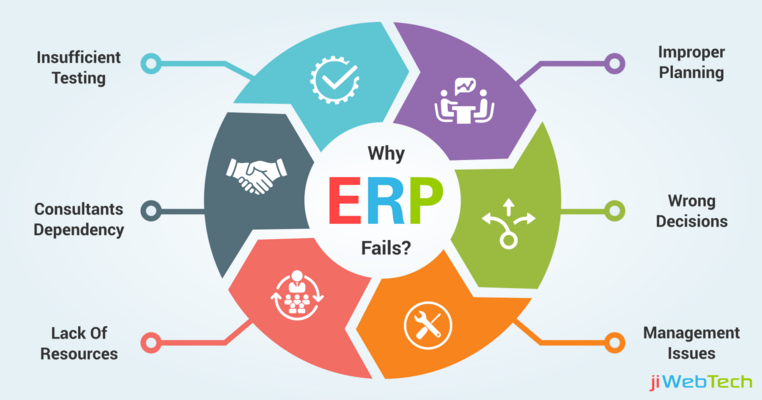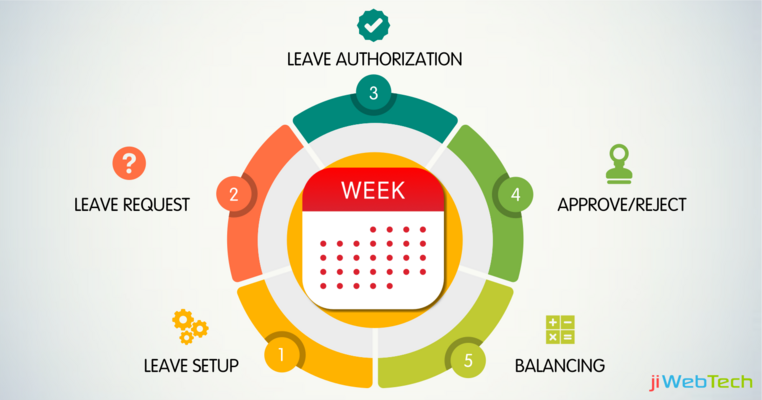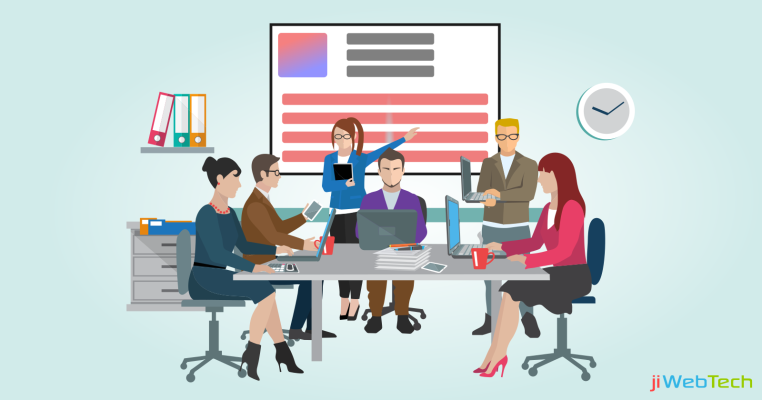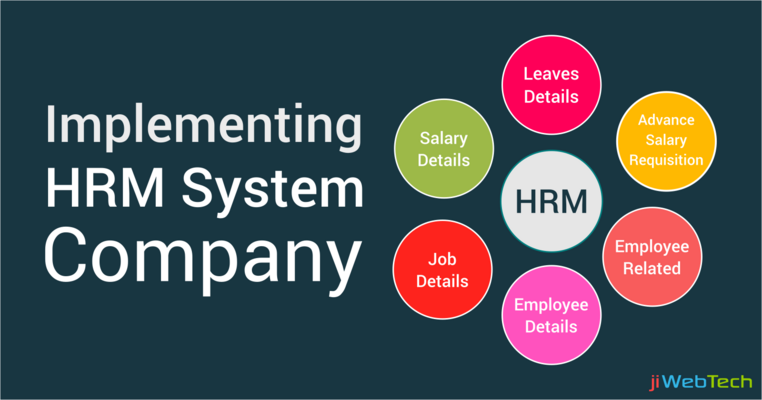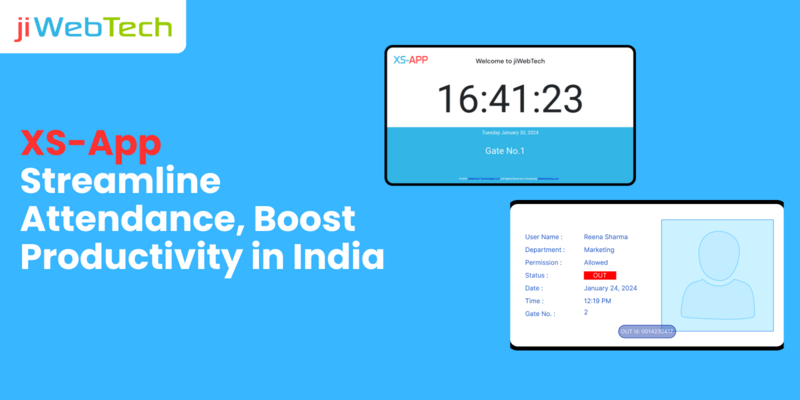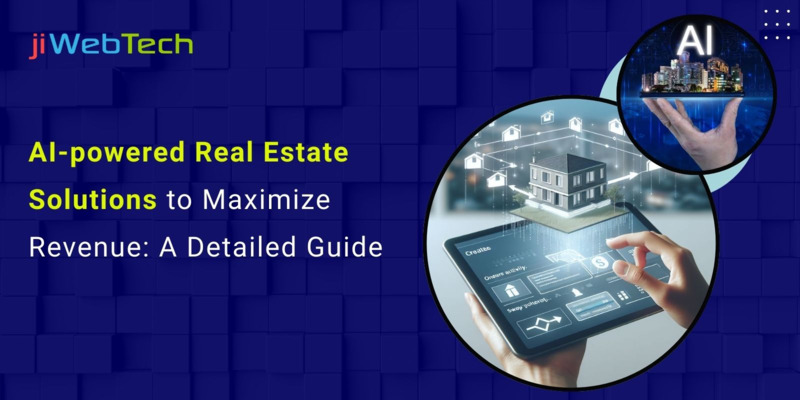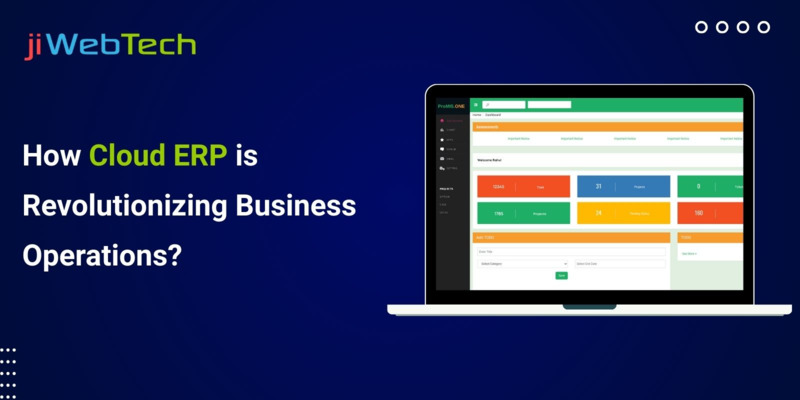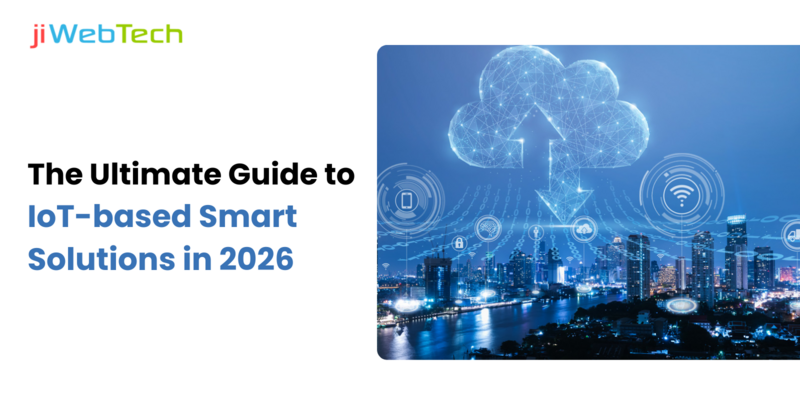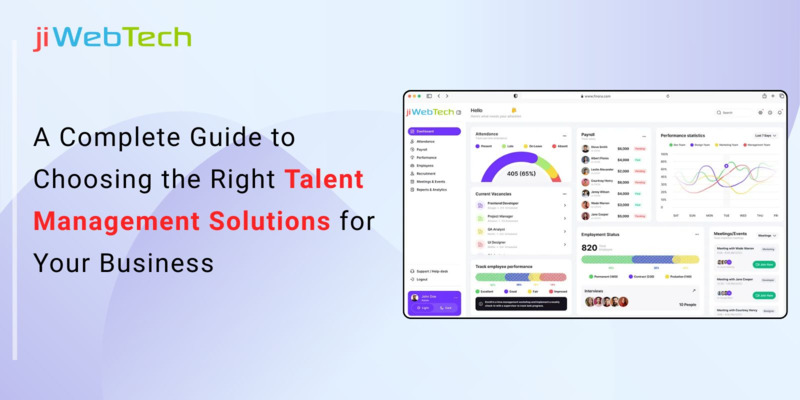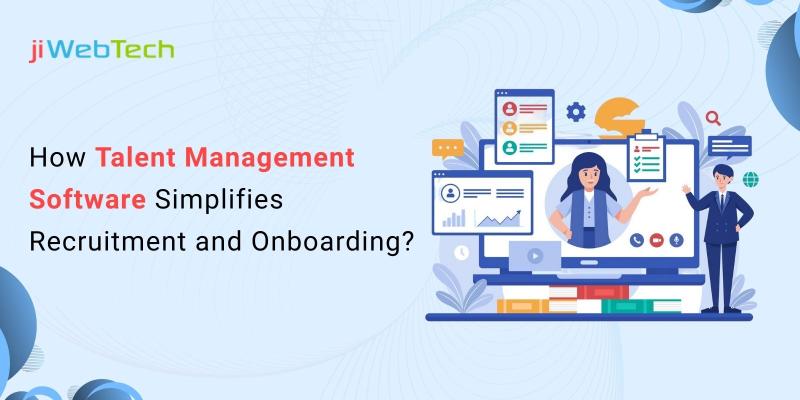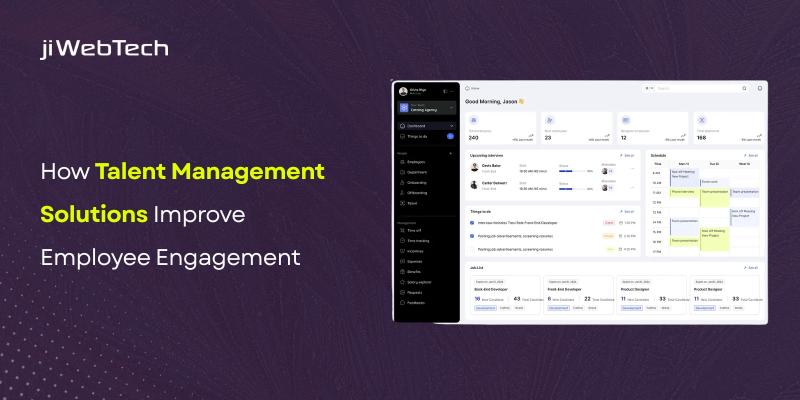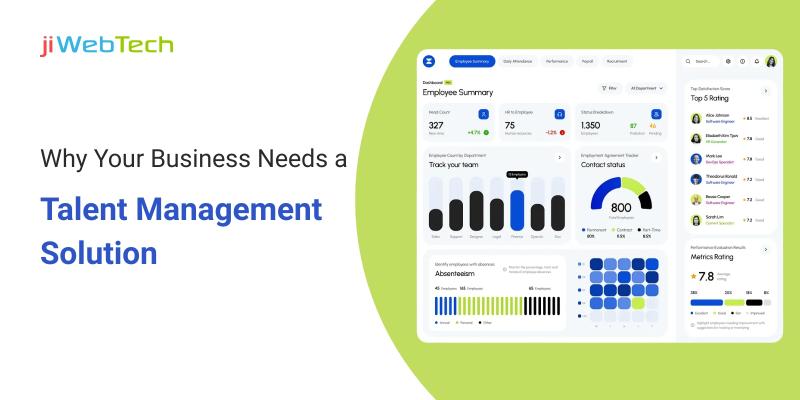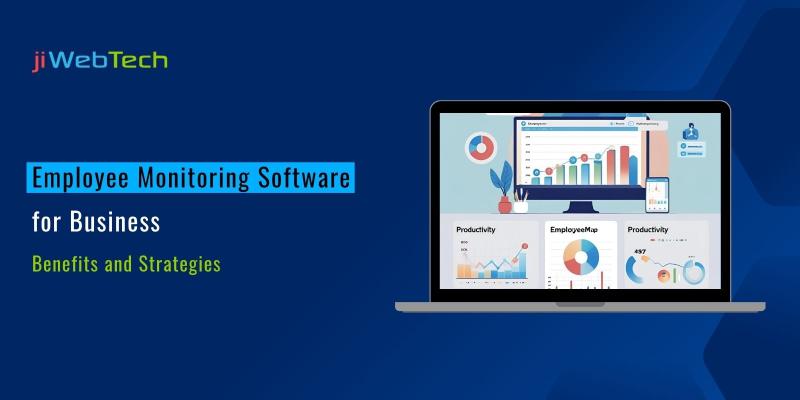- Feb 17, 2025
- Talent Management
- 2358
Share this post on:
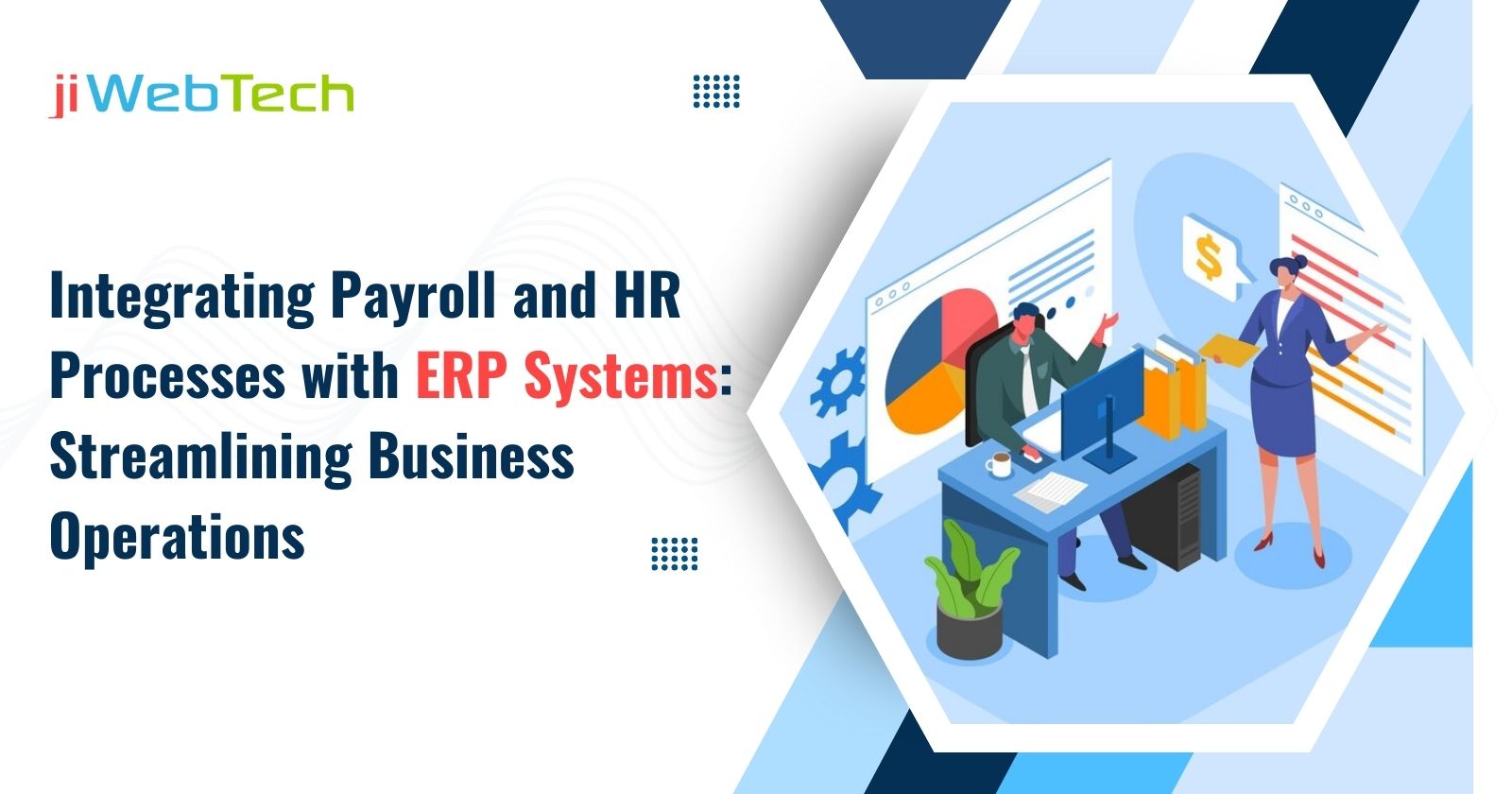
In today's fast-paced and competitive business landscape, companies need to streamline their processes to maintain efficiency, reduce errors, and boost productivity. One of the most critical areas where automation and integration play a vital role is in the management of human resources (HR) and payroll processes. These functions are essential to any organization but can be time-consuming, prone to errors, and complex, especially as a company grows.
An effective solution to this challenge is integrating HR and payroll processes with an Enterprise Resource Planning (ERP) system. ERP systems provide a unified platform for managing a company's operations, from finance and supply chain management to customer relations and HR. By connecting payroll and HR functions to an ERP system, organizations can automate key processes, improve accuracy, and gain valuable insights into workforce management.
This article explores the benefits and challenges of integrating HR and payroll with ERP systems and how companies can leverage this integration for greater efficiency and business success.
The Importance of Payroll and HR Integration
Before diving into the benefits of integrating payroll and HR with ERP systems, it’s essential to understand the roles of payroll and HR in an organization.
• Human Resources (HR): HR is responsible for managing the recruitment, retention, and overall well-being of employees. Key tasks include talent acquisition, training and development, performance management, employee relations, benefits administration, and compliance with labor laws.
• Payroll: Payroll involves calculating and distributing employees' wages, ensuring tax compliance, managing deductions, benefits, and other financial matters related to employment. Payroll needs to be accurate, timely, and compliant with various tax laws and labor regulations.
While HR and payroll are distinct functions, they are highly interconnected. For example, payroll depends on HR data (e.g., employee salary, leave balances, tax status, and benefits), and HR requires payroll data to track compensation, bonuses, and deductions.
The Role of ERP Systems in Integration
Enterprise Resource Planning (ERP) systems are comprehensive software solutions that help organizations manage a variety of business processes in a unified platform. ERP systems typically include modules for finance, accounting, supply chain management, customer relationship management (CRM), and human resources.
Integrating HR and payroll into an ERP system brings several advantages. The primary goal of ERP systems is to centralize data and streamline workflows. By integrating HR and payroll with an ERP system, businesses can eliminate the need for disparate systems, reduce manual intervention, and ensure that data flows seamlessly across departments.
Key Benefits of Integration
1. Streamlined Data Flow and Accuracy
One of the primary advantages of integrating payroll and HR processes into an ERP system is the seamless flow of data. When HR and payroll are separate systems, data must often be manually transferred between the two, which is time-consuming and prone to errors. For example, if an employee's salary or benefits change, the payroll system must be updated accordingly. Any mistake in transferring this data can lead to payroll inaccuracies and potential legal issues.
By integrating these functions into an ERP system, employee data (such as salary, deductions, benefits, and leave balances) is automatically updated across both HR and payroll modules. This ensures that data is consistent, accurate, and up-to-date, reducing the risk of errors and compliance issues.
2. Improved Compliance and Reporting
Compliance with labor laws, tax regulations, and reporting requirements is crucial for any organization. Without proper integration, HR and payroll departments might miss important deadlines or fail to meet regulatory requirements. An integrated ERP system ensures that compliance is built into the workflow, reducing the risk of non-compliance.
Many ERP systems have built-in features to help businesses adhere to labor laws, tax regulations, and reporting requirements. For instance, an ERP system can automatically calculate tax withholdings, manage employee benefits, and generate necessary reports. With integration, both HR and payroll teams have access to the same compliance data, ensuring consistency across the organization.
3. Time and Cost Savings
Automating HR and payroll processes through ERP integration can result in significant time and cost savings. When payroll and HR functions are managed separately, manual processes like data entry, reconciliation, and reporting can consume valuable time and resources. Additionally, the costs of maintaining separate systems and training employees to use them can add up.
By integrating payroll and HR into a single ERP system, companies can reduce manual data entry and avoid duplicated efforts. Automation reduces the need for manual interventions, and the centralized nature of ERP systems ensures that employees can work more efficiently and collaboratively. This leads to cost savings in terms of time, personnel, and system maintenance.
4. Enhanced Employee Experience
Employees expect a smooth and efficient experience when it comes to their payroll, benefits, and HR services. Integrated systems allow HR and payroll departments to provide employees with self-service options such as viewing pay stubs, updating personal information, and requesting leave through an employee portal.
This self-service capability is not only convenient for employees but also frees up HR and payroll staff from dealing with routine inquiries and administrative tasks. The result is improved employee satisfaction and better productivity for HR and payroll teams.
5. Better Analytics and Reporting
The integration of HR and payroll data into an ERP system enables organizations to gain valuable insights into their workforce. ERP systems often include advanced reporting and analytics tools that can help HR and payroll teams analyze trends in employee performance, compensation, benefits usage, turnover rates, and more.
With access to comprehensive data, decision-makers can make more informed choices related to hiring, compensation, workforce planning, and overall business strategy. Integrated reporting also makes it easier to track KPIs and measure the effectiveness of HR and payroll processes, helping companies optimize their operations.
6. Scalability and Flexibility
As businesses grow, their HR and payroll needs become more complex. An ERP system can easily scale to accommodate these changes, adding new modules or features as needed. Whether a company is expanding its workforce or entering new geographic regions, an integrated ERP system ensures that HR and payroll processes can evolve to meet the demands of the business.
Furthermore, ERP systems offer the flexibility to adapt to different regulatory environments and changing business needs. Whether a company needs to adjust to changes in tax laws or introduce new benefits programs, ERP systems can be customized to support these shifts.
Challenges of Integration
While the benefits of integrating payroll and HR with ERP systems are clear, there are some challenges that companies may face during the process. These include:
1. Data Migration and Integration Complexity
One of the primary challenges of integrating HR and payroll processes with an ERP system is data migration. Many businesses already have legacy systems in place, and transferring data to a new ERP system can be time-consuming and complex. Data accuracy and completeness are crucial during this process, and any errors in data migration can disrupt HR and payroll functions.
2. Resistance to Change
Employees and managers who are accustomed to using separate systems may be resistant to adopting a new, integrated platform. To overcome this challenge, businesses must provide adequate training and support to ensure a smooth transition. Change management strategies, including clear communication and leadership support, are key to overcoming resistance.
3. Costs and Implementation Time
The implementation of an ERP system, especially one that integrates payroll and HR processes, can involve significant upfront costs. This includes not only the cost of the software itself but also the time and resources required for customization, training, and ongoing support.
Businesses must carefully evaluate the ROI of ERP integration and ensure that the long-term benefits outweigh the initial investment.
Choosing the Right ERP Solution for Payroll and HR Integration
When selecting an ERP system to integrate HR and payroll processes, businesses must consider several factors:
1. Customization and Flexibility: Ensure that the ERP system can be customized to meet the unique needs of your organization. Look for a solution that offers flexibility in terms of compliance, reporting, and employee management.
2. User-Friendliness: A user-friendly interface is crucial for ensuring that HR and payroll teams can navigate the system effectively. Intuitive design and ease of use can significantly reduce training time and improve adoption rates.
3. Support and Training: Choose an ERP provider that offers comprehensive support and training resources. This will help ensure that your team can effectively implement and use the system.
4. Scalability: As your company grows, your HR and payroll needs will evolve. Make sure that the ERP system can scale with your business and accommodate additional modules or features as required.
5. Integration with Existing Systems: If you already use other software for finance, CRM, or other business functions, check that the ERP system integrates seamlessly with these tools. This ensures that your business operations remain cohesive and efficient.
Conclusion
Integrating payroll and HR processes with an ERP system offers businesses numerous advantages, from improved accuracy and efficiency to enhanced compliance and employee satisfaction. By centralizing data and automating key processes, businesses can save time and reduce costs, all while gaining valuable insights into workforce management.
While the integration process may involve challenges such as data migration and resistance to change, the long-term benefits far outweigh the initial hurdles. By carefully selecting the right ERP solution and planning the implementation process effectively, companies can ensure that their HR and payroll functions are streamlined, efficient, and aligned with their overall business objectives.
For organizations looking for an expert partner to help with ERP implementation, jiWebTech provides end-to-end ERP solutions that are tailored to meet the specific needs of your business. With a focus on seamless integration, user-friendly interfaces, and scalability, jiWebTech can help you optimize your HR and payroll functions, ensuring that your business operates at peak efficiency.
